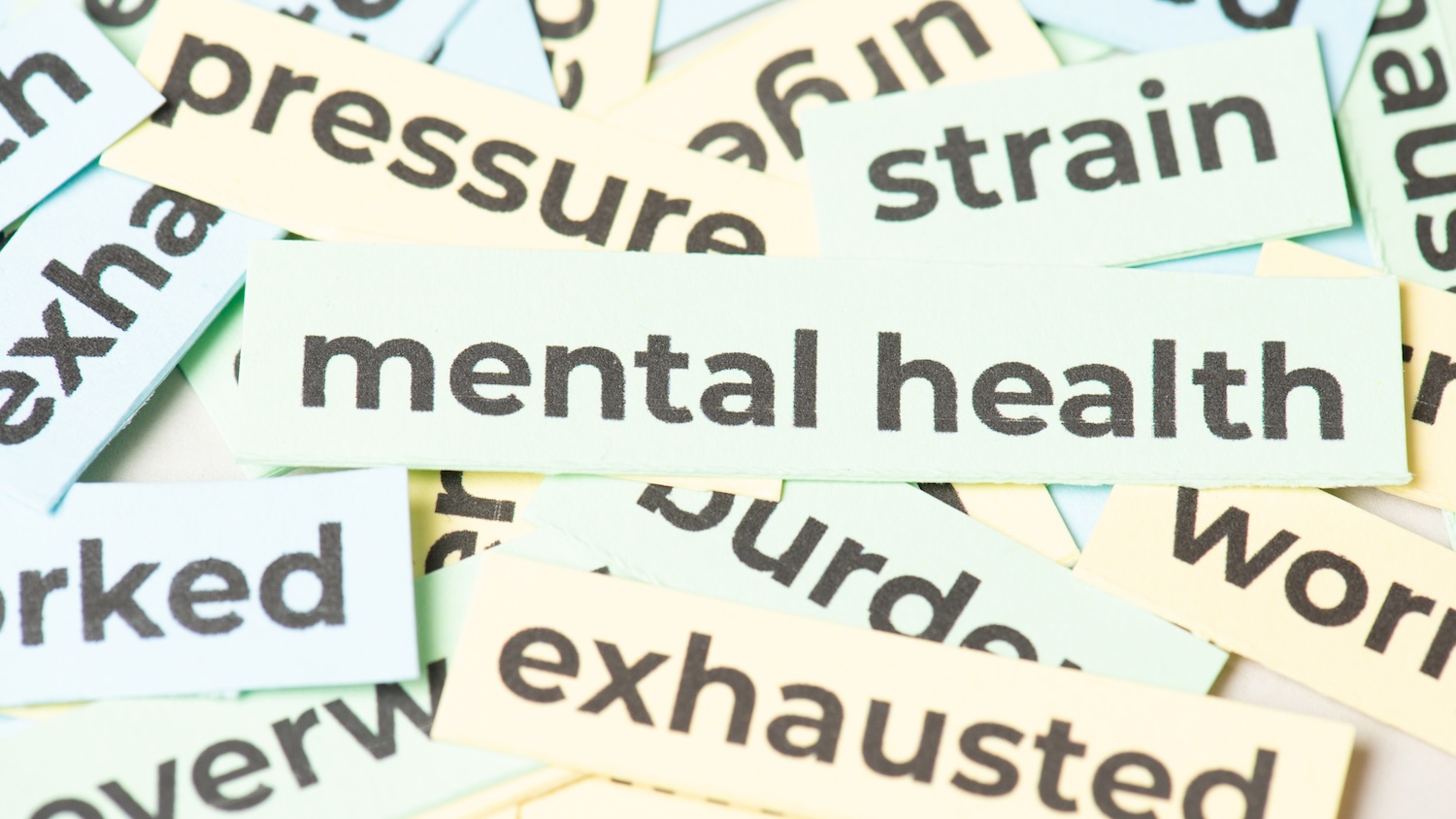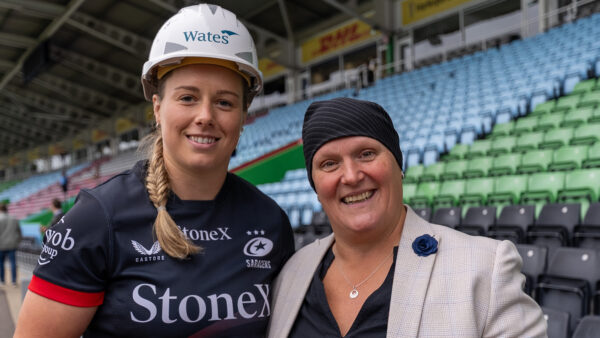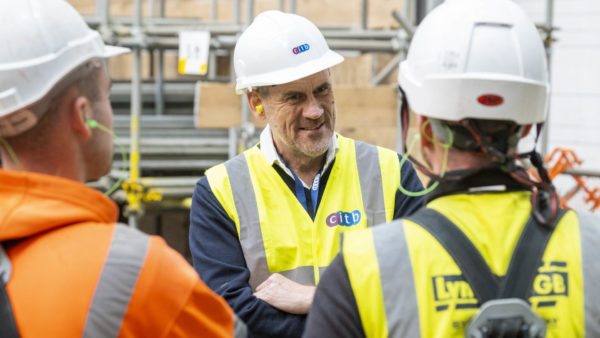
Despite increased awareness and initiatives around the declining state of mental health among construction workers, it remains one of the most challenging and persistent problems in the industry.
A new report by the Chartered Institute of Building (CIOB) found that one in four workers (24%) experience daily stress, 20% said they were fatigued, and more than a quarter (27%) shared they had experienced suicidal thoughts over the past year.
Recent statistics from the Health and Safety Executive (HSE) show that in the construction sector, approximately 14,000 workers were suffering from work-related stress, depression and anxiety, accounting for 18% of all ill health in the industry.
Following the publication of these figures, the HSE launched a campaign, Working Minds, to remind construction employers of their legal duty to prevent work-related stress and support good mental health at work.
However, work-related stress or mental health conditions are currently not reportable under the Reporting of Injuries, Diseases and Dangerous Occurrences Regulations 2013 (RIDDOR) – something that corporate psychologist Tina Catling says should change.

The government should take responsibility because they are the source of the funding for major infrastructure programmes
“When I was at the [workplace mental health and wellbeing] Make a Difference (MAD) conference, we talked a lot about mental health in infrastructure,” says Catling, who has worked with infrastructure contractors and now has her own consultancy, ThinkOTB.
“I asked them to score themselves from one to 10 in terms of physical health – they all answered nine plus.”
Catling says this indicated the importance that physical health is given in construction.
“But when I asked to give a score with regards to mental health, they gave low scores from one to three. I asked them if they thought a RIDDOR for mental health injuries would help, and they said ‘absolutely’.”
Mental health injuries
A report by the University of Leeds on work-related suicides recommends including suicide under RIDDOR reporting requirements, an initiative supported by Unite, the main trade union representing construction workers in the UK.
Although Catling welcomes the initiative, she thinks that RIDDOR reporting of mental health injuries should happen much earlier than suicide and with every case of what she describes as ‘mental health injury’ at work.
She adds: “I’ve been asking people in the industry if they have suffered or know of someone who has suffered a mental health injury. Everyone answers ‘yes’ and can describe that type of injury in various ways – from people who’ve taken a lot of time off work to recover to others who’ve had heart attacks, etc.”
Another practical step that could help the industry tackle mental health effectively is the incorporation of mental health clauses in contracts and procurement processes.
Although employers have a duty of care – and there’s an ISO for psychological health and safety at work that companies of all sizes can implement – including sections focusing exclusively on mental health in the tender process could help the industry set higher and better standards.
“I think it definitely is something that could be done,” Catling agrees. “And I think the balance of power comes from the government contracts.
“I’m sure the supply chain has the highest integrity possible: they are working in difficult circumstances where they have to take on contracts on very low margins. The government should take responsibility because they are the source of the funding for major infrastructure programmes.”
Catling explains that when she worked on a bid for the National Grid’s Great Grid Upgrade Programme, the company included in their contracts with tier one contractors examples of how they were going to deal with microaggressions.
Microaggressions are actions or words regarded as subtle discriminations against a marginalised group, which Catling says can result in mental health injury.
“For me, that’s a really good sign because if you’re looking at the detail, it means the client knows what they’re talking about in terms of mental health and potential mental health injury,” Catling continues.
“Then, of course, it means that the people who are bidding for that work have to go into some thought about mental health and the impact of microaggressions.”
Last year, Halton Borough Council introduced a new requirement for its contractors to include mental health statements in their construction bids, in what was believed to be a first in the country
Mental health in procurement
Last year, Halton Borough Council introduced a new requirement for its contractors to include mental health statements in their construction bids, in what was believed to be a first in the country.
The local authority now requires main contractors to include a scored statement on the mental wellbeing of all staff and subcontractors in its construction tender processes.
The questionnaire includes a box asking contractors to indicate whether they are registered with a health and safety accreditation body such as CHAS, Constructionline, Achilles or CQMS, and to provide details of their current accreditation level.
The section must be included for all works, buildings, electrical, maintenance and construction projects to support mental health in construction initiatives.
However, a spokesperson for the council told CM People that registration with an accredited assessment body is neither a pass/fail requirement nor a scored element within the tender evaluation process.
They added that Halton has also begun monitoring responses from suppliers with which it has either previously traded or which has recently been awarded a contract.
It is understood that the initiative was instigated by the council’s chief executive, Stephen Young, following an approach from a representative of the health and safety accreditation scheme CHAS at an event.
The council’s spokesperson added that although they are not currently aware of other local authorities incorporating mental health-related requirements into their contracts, similar arrangements may have been introduced elsewhere.
Catling concludes: “I think going down the contract route is very important and urgent. If I was the minister for infrastructure in the UK, I would say: ‘Here are four or five clear things that you must put in all your bids and must be in all contracts.’ That would help address the problem.”
What is ISO 45003?
The standard includes elements around leadership commitment, risk assessment, emergency planning and worker participation, among others, and is supported by a strong diversity and inclusion policy.
It is relevant to organisations and companies of all sizes across every industrial sector in the context of developing, implementing, maintaining and improving healthy and safe workplaces.
ISO 45001 can help organisations demonstrate compliance with health and safety law, and in some respects it goes beyond what’s legally required.
For small organisations with less formal management processes, the Health and Safety Executive (HSE) advises to carefully consider the practical implementation of the standard, including audit and certification, and whether it can be easily tailored to work effectively for the size and complexity of these organisations in a way that’s in proportion to the risks that must be controlled.
It is for those reasons that the HSE cautions contracting bodies and customers to assess if suppliers really need certification to 45001, or whether they can demonstrate competence in managing health and safety using other means.
Mental health support and advice for CIOB members, past members and related family is available through CIOB Assist. CIOB, in partnership with Anxiety UK, also provides wellbeing support.
The Lighthouse Charity offers 24/7 free and confidential support on all aspects of emotional, physical, and financial wellbeing.
24/7 helplines: 0345 605 1956 (UK) 1800 939 122 (ROI)
Text HARDHAT to 85258 (UK) or 50808 (ROI)
Live chat and more information: www.lighthousecharity.org









